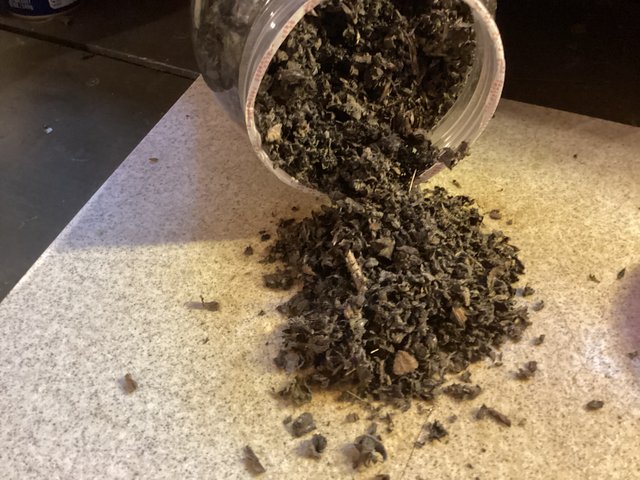I've talked about Comfrey a lot, some facts... [View all]
Last edited Sun Mar 24, 2024, 09:23 AM - Edit history (1)
In this group and the Cannabis group I mention using Comfrey for my main fertilizer, I feel like it’s time to present some facts and a tutorial on how I use it in the winter inside.
Comfrey is high in potash, aka potassium (the “K” in NPK fertilizer ratios), which means it’s an excellent feed for overall plant health and particularly good for tomatoes and flowers later in the season. One source says that comfrey has more than twice as much potassium as farm manure and 30% more than compost. The NPK (nitrogen-phosporous-potassium) breakdown of comfrey leaves is 1.80-0.50-5.30 for true comfrey and that last number bumps up to 7.09 for Russian comfrey. On “Gardener’s World,” good ol’ Monty Don made comfrey tea and then watered his plants with it. He also used it as a foliar feed. And he used a big bunch of leaves as mulch for his tomatoes. Just slapped them right on there. They will feed the soil as they decompose. And anything that was left, including the stems, was thrown in the compost pile where it kick starts a pile that’s a little heavy on browns (i.e. carbon-based material). And another source claims that earthworm farms have found that adding comfrey to their worm beds increases worm numbers by 400%. Even if that’s an exaggeration, imagine what it could do for the worms in my compost bin.
https://www.theimpatientgardener.com/growing-my-own-fertilizer/
How I prepare comfrey for the winter. After I cut the leaves from the plant, I chop and dry the leaves. Here’s my method.
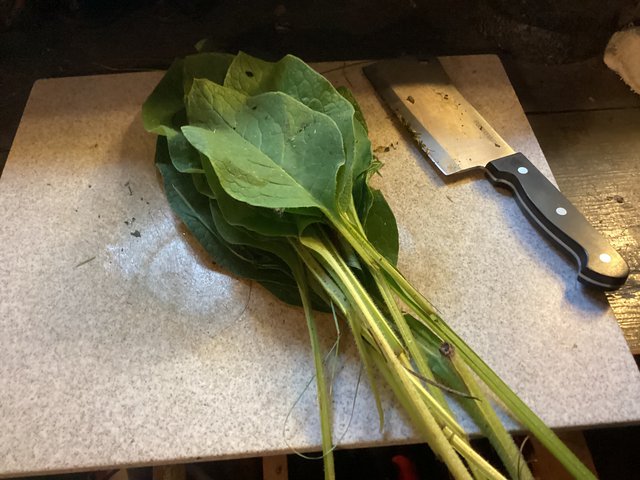
I’ll stack the leaves on top of each other and trim off the stems, saving them for later use. Like stacking basil getting ready for a chiffonade cut.
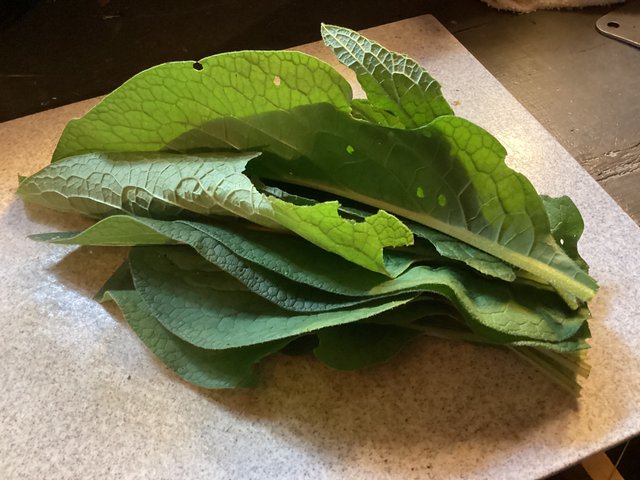
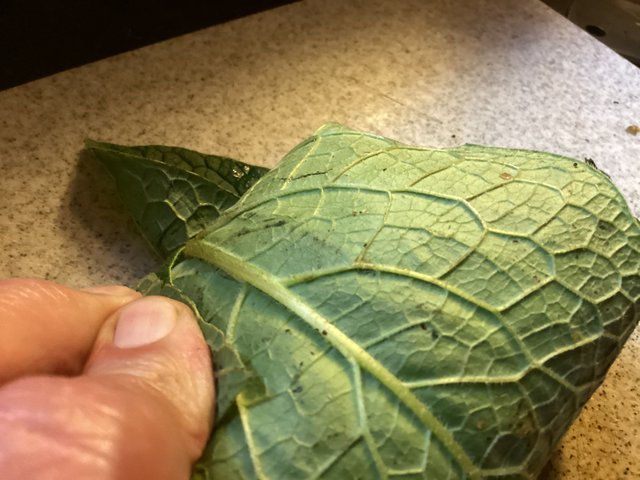
Rolled into little packets getting ready for the knife.
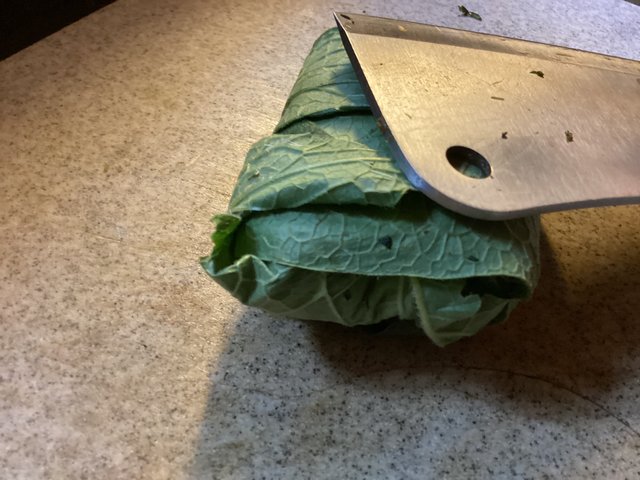
Sliced one way than the other to get smaller pieces.
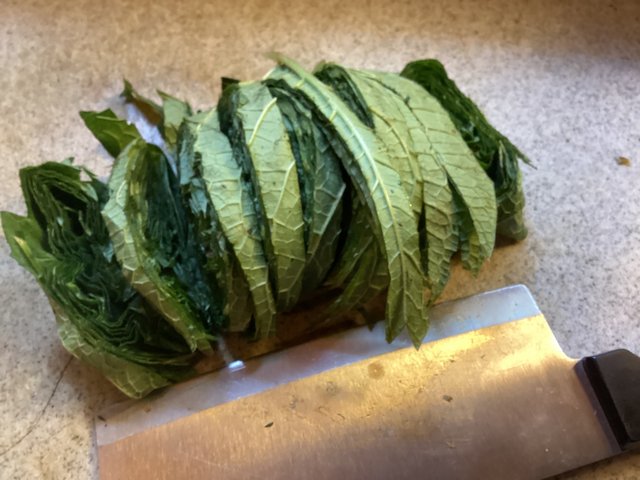
Then those pieces are put on a tray and air dried. I’ll run the knife through that pile to process it even smaller. All the juices holding all the nutrients from the leaves is preserved inside the leaves
After its dry I’ll store it in airtight containers. Then I can mix it into the soil as one part of primary amendments to new soil. During vegetative growth I “side dress” right into the pot, the comfrey breaks down rather rapidly feeding the plants. Dried it also give me the opportunity to rehydrate and use the tea as a foliar feed or mix with worm castings and mycorrhiza powder and brew a powerful mix for watering the roots.
That mix is brewed for about 24 hours while being aerated with a bubble stone. That brew is good for about a day. The microbes will run out of food after the day so use it quickly. I do this probably once a month for indoor grows.
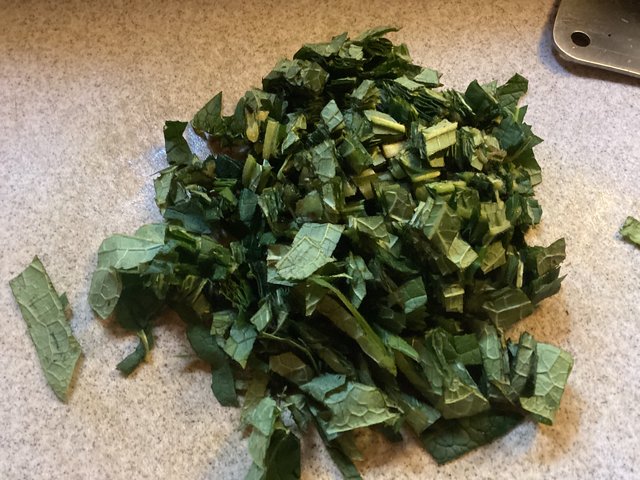
All done…ready for use.
